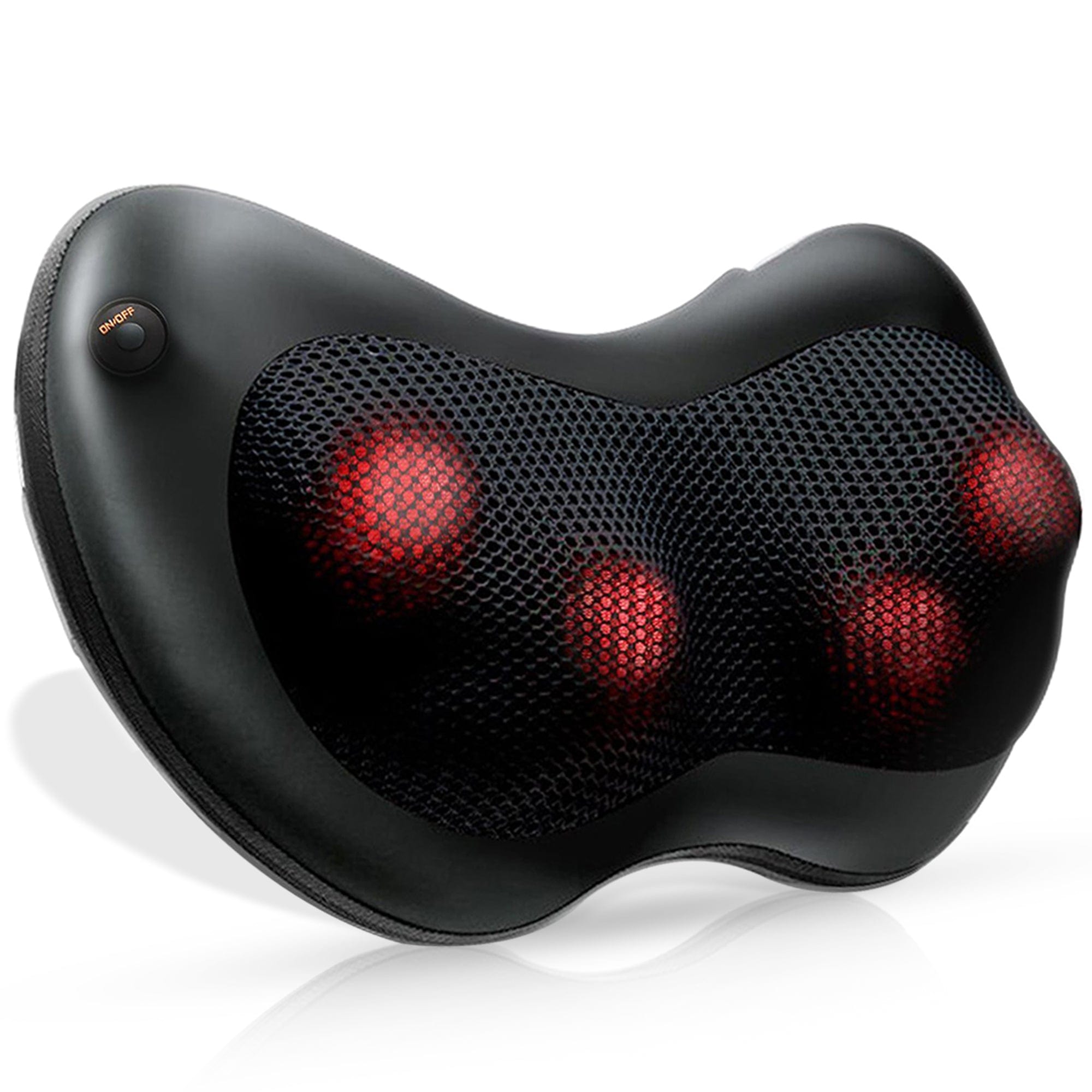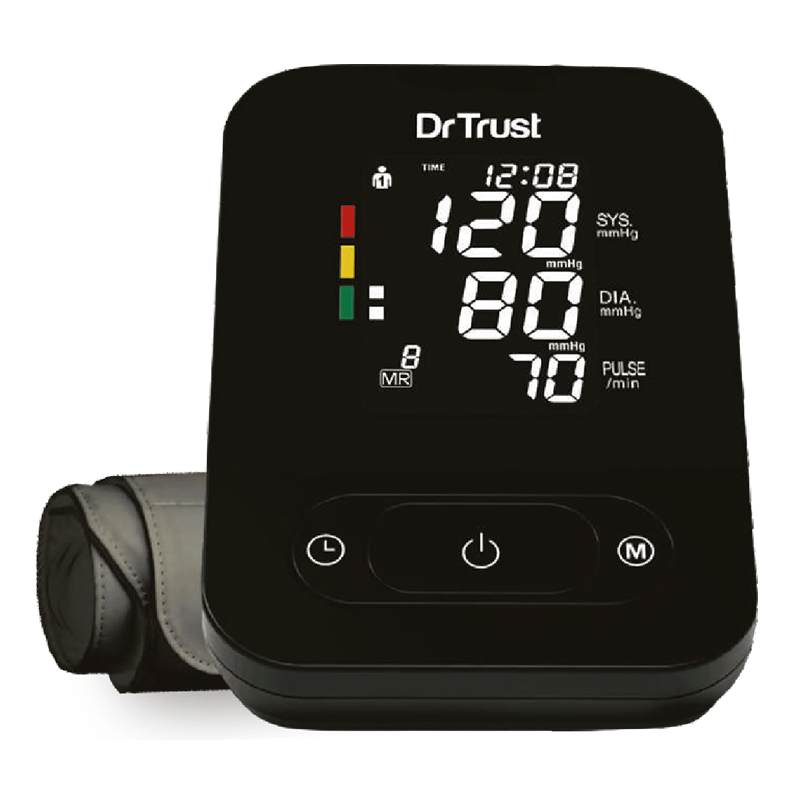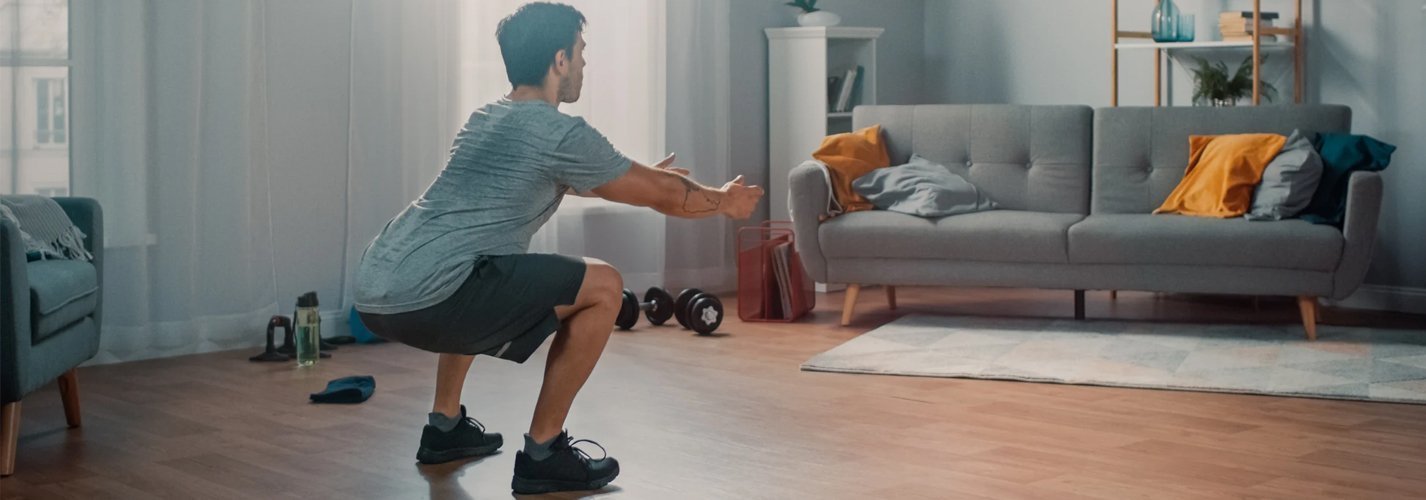During the COVID-19 pandemic, the pulse oximeter device has become somewhat of a necessity now. They not only help COVID-19 positive people track their vitals but they are also very helpful to monitor the health of people with any sort of illness that may affect their blood oxygen levels.
The number of COVID-19 patients are increasing at an unprecedented rate across the world. The deadly coronavirus has adversely affected almost every corner of the world and has pushed the world’s health system to amalgamate new technologies either at home or in hospital settings. As a result, now, people are equipping themselves with devices like non-contact thermometers, oxygen concentrators, BP Monitors, Glucometers (for diabetic patients) and pulse oximeters to fight against this highly transmissible disease - COVID-19.
Also Read - Fingertip Pulse Oximeters: How These Small Devices Could Aid in the Battle of Coronavirus and More
Sudden Surge in Demand for Pulse Oximeters (The global market is expected to reach USD 2884.78 Million with the CAGR of 6.65% by 2025)
The demand for pulse oximeters has increased drastically especially from people:
- Who have encountered/interacted with a suspected COVID -19 patient
- Frontline COVID workers
- Is suffering from prior respiratory medical conditions
- Belong to the high-risk category including diabetes, high blood pressure and other chronic lung and heart conditions
Why Do We Need a Pulse Oximeter At-Home?
It is always safe to keep a pulse oximeter at home! COVID-19 is associated with physiological changes in the patient’s body. These changes lead to abnormal heart rate (HR), heart rate variability (HRV), unnatural respiration rate, etc. which serve as potential markers for the CORONA infection. As each physiological metric relates to COVID-19, wearable sensor technologies like pulse oximeter and other monitoring devices are the best solution to measure metrics in a timely fashion. However, when someone has COVID-19, these devices help in monitoring their health which in turn will help us source the right medical assistance on time. Pulse oximeters help to keep a watch over arterial oxygen saturation (SpO2) levels, which drop quickly if someone has acute COVID-19. Low oxygen can be an early warning sign, but in many cases, COVID-19 patients feel well even after having low levels of blood oxygen. Hence monitoring is key!
How Does Pulse Oximeter Help in the Case of COVID-19?
A pulse oximeter, a small handy device is gaining importance as it is making home isolation safe and secure by preventing the seriousness of COVID-19. It lets people check their oxygen levels in their blood easily at their homes. If people notice a sudden drop in their oxygen levels, a COVID-19 test would be required. This tiny device can be clipped easily on a person’s finger to check blood oxygen and heart rate readings quickly and efficiently. It is also very helpful to detect the depletion of blood oxygen level in the Covid-19 patient who is asymptomatic or suffers from pre-existing respiratory conditions including COPD (Chronic Obstructive Pulmonary Disease), asthma, pneumonia, coronary failure, etc. Using a pulse oximeter is non-invasive and painless. It calculates the amount of oxygen in blood in places farthest away from the heart.
How does the pulse oximeter measure oxygen levels?
A pulse oximeter can be clipped easily onto a user’s finger, ear lobe or toe to measure how much oxygen is being pumped by the user’s body. It passes small beams of light through the blood and the sensor on the other side of the tissue picks up the light. The final reading of oxygen saturation (SpO2) of the blood depends on the light absorption in the blood.
You can also watch here the video for a live demonstration of how to use a Dr Trust Pulse Oximeter safely and easily at home.
The usage procedure may differ model wise. However, the shared video will be helpful to know the standard procedure.
Get a Pulse Oximeter for your Home use and Stay on Top of Your Health
Nowadays, there are different types of pulse oximeters available in the market making it confusing to choose the right pulse oximeter for home use. However, you can consider the following things to ensure you pick the best one in the market: Check for certifications from recognized authorities, pricing, the accuracy of readings, result time, alarm option, different features etc. If you have information for all these points; you can compare available options and choose the best pulse oximeter easily.
Also, let us try and make it simple for you, Dr Trust, a popular brand Trusted by Doctors offers the Best Certified Pulse Oximeters in India
Buy the best pulse oximeters from Dr Trust! They are most reliable and certified for accurate results. They help monitor accurate readings of oxygen saturation, pulse rate, respiratory level, etc. and all of this instantly and easily. All of Dr Trust Pulse Oximeters come with the best features and last longer than other bands. Dr Trust also has a range of pediatric fingertip pulse oximeters specially designed for kids. This product is loved by both; parents and children as it is specially designed for kids use aged 2 years and above with an adorable animal theme. It can also be used routinely to monitor oxygen levels by clipping painlessly onto a child's finger, toe, and foot. Its finger chamber though offers a universal fit to be a perfect pick for families with kids, adult and older ones.
If you have any query related to Dr Trust Pulse Oximeters, you can contact our customer care team.
Using A Dr Trust Pulse Oximeters at Home
- These clip style devices need to be placed on your finger, earlobe or toe with no pressure
- Turn on the probe and within few seconds they will display accurate reading of oxygen saturation (SpO2) levels along with, heart rate and PI%
- Once done with the test, simply take off the probe and it will shut down automatically
It is good to regularly use a pulse oximeter to monitor your blood oxygen level. However, speaking to your doctor should be prioritized if you develop any symptoms of COVID-19.














